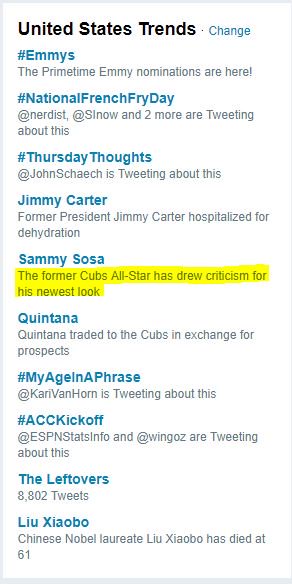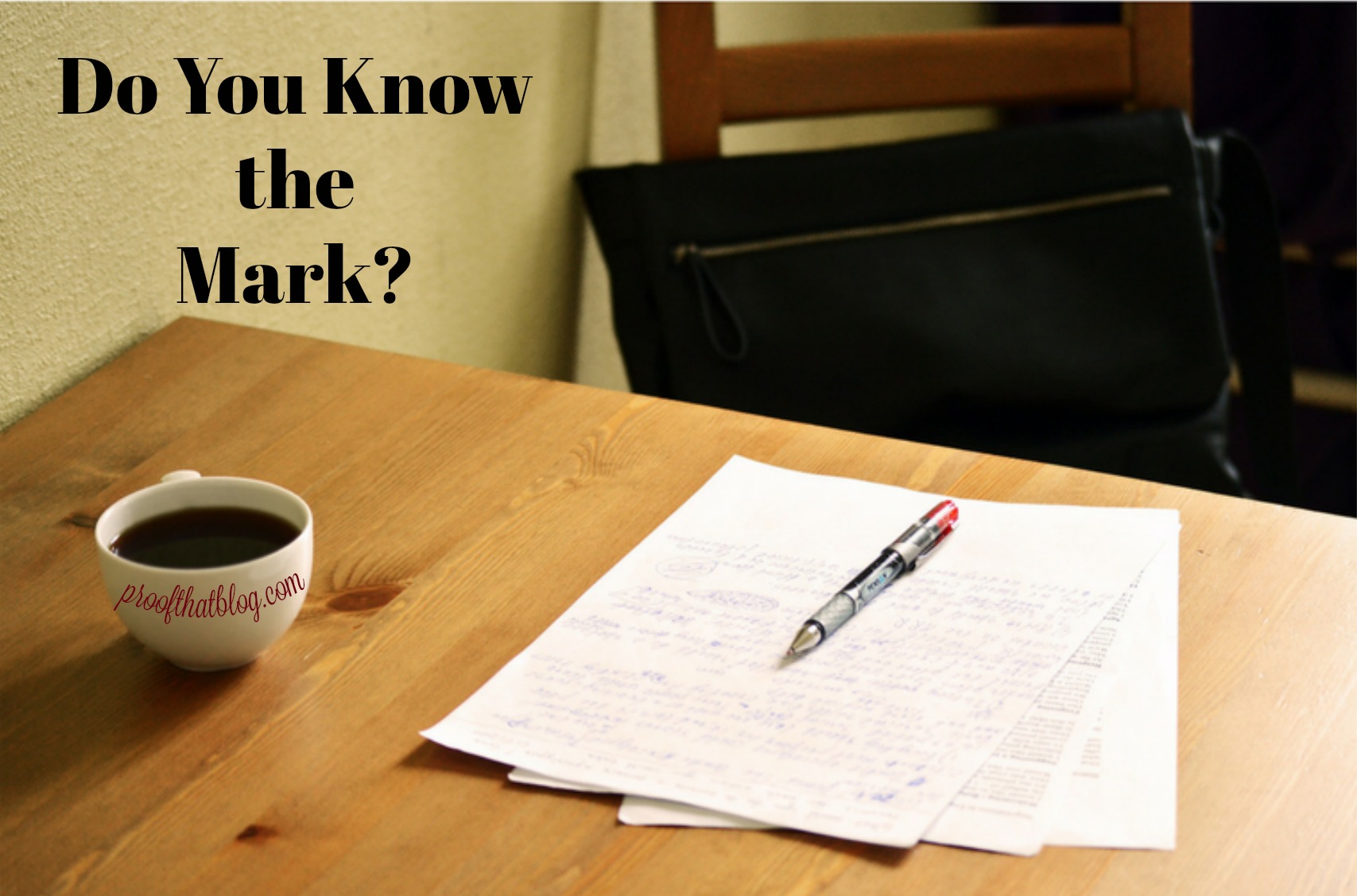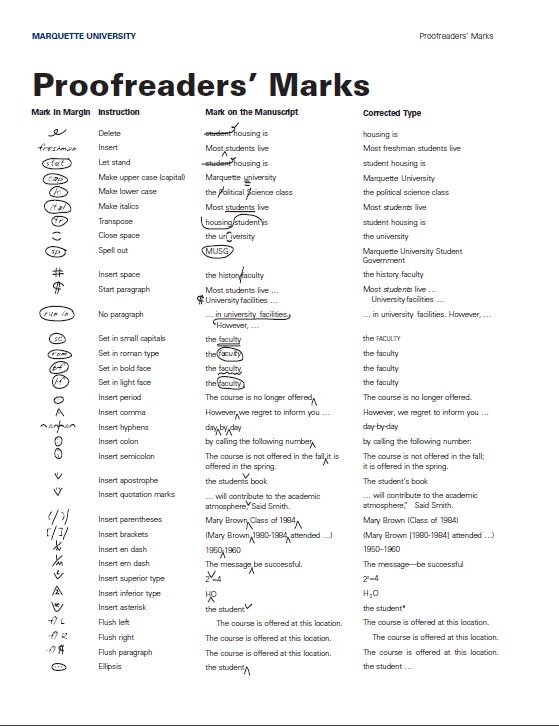 Proofreading your own work is one of the hardest jobs you have. You know what it is supposed to say, so that’s what your brain reads. If you are trying to proofread your own work, here are some tips:
Proofreading your own work is one of the hardest jobs you have. You know what it is supposed to say, so that’s what your brain reads. If you are trying to proofread your own work, here are some tips:
- Take a break or just walk away for a few minutes. Refocusing your brain could make a difference in reading what the document actually says.
- Print it out and read it in hard copy. Sometimes looking at something in a different way can help you actually see any errors. If you’ve been reading it on the computer, print it out and read the hard copy. If you’ve been reading it on paper, read it on the computer.
- If it is something really important and you’re worried that you’ll miss something, ask someone else to read it for you.
- Read it out loud. Sometimes hearing the words are easier than reading them.
- Go to a quiet area if possible. Close your door, go into an empty office, or if possible, go downstairs in the fresh air. It is important to get away from emails, visitors, phone calls, and other interruptions.
- Read it in parts and scramble them up. Read the first paragraph, then the third, then the fifth, etc. until the end of the document, then go up and read the second, then the fourth, etc. This will definitely not help you proof for consistency in the document, but it will help you find words that are wrong or misspelled.
- Read for consistency. If terms have been defined and capitalized, make sure they are capitalized throughout using the appropriate defined term.
Most of all, keep learning. One good way is to read everything—newspapers, books, magazines. While there are lots of errors in those publications, there are also lots of good grammar usage. Another way is find websites and blogs that teach grammar and proofreading. Here are some of my recommendations—Proofreading Resources.
You should definitely proofread your work before you pass it on to the next person. Their job may well be to edit your work, but that doesn’t mean that their job is to clean it all up. You will impress them as a writer if they don’t have to correct obvious mistakes in your work. Take the time to prove that you are a good writer and know what you’re doing.
If you have tips for proofreading your own work, please share them in the comments below.



 Follow
Follow It’s time for our new feature called “Confusing Words of the Week” where I take a set of two or three words that get confused and give you definitions and try to give you a memory trick to help you remember when to use which word. If you have words that confuse you, use Ask PTB or send an email to
It’s time for our new feature called “Confusing Words of the Week” where I take a set of two or three words that get confused and give you definitions and try to give you a memory trick to help you remember when to use which word. If you have words that confuse you, use Ask PTB or send an email to 
 Proofreading your own work is one of the hardest jobs you have. You know what it is supposed to say, so that’s what your brain reads. If you are trying to proofread your own work, here are some tips:
Proofreading your own work is one of the hardest jobs you have. You know what it is supposed to say, so that’s what your brain reads. If you are trying to proofread your own work, here are some tips:



 When people edit a hard copy of a document (and, yes, some people still do that), there are certain proofreading marks that have been used throughout time. There is a great resource for these marks that I found online at http://www.marquette.edu/omc/documents/proofreaders.pdf. It includes not only the symbol, but what the corrected language would look like. I’ve added a link to this document on the Files page for printing it out and keeping it at your desk.
When people edit a hard copy of a document (and, yes, some people still do that), there are certain proofreading marks that have been used throughout time. There is a great resource for these marks that I found online at http://www.marquette.edu/omc/documents/proofreaders.pdf. It includes not only the symbol, but what the corrected language would look like. I’ve added a link to this document on the Files page for printing it out and keeping it at your desk.